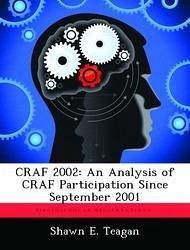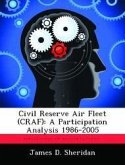This paper analyzes Civil Reserve Air Fleet (CRAF) participation prior to and after the terrorist attacks of 11 September 2001 to determine if the events of that day caused a change in air carrier participation. This research focuses on providing an unbiased analysis of the Civil Reserve Air Fleet program and the bearing these attacks had on the program. Specifically, the paper concentrates on carrier participation in each segment of the CRAF beginning in January 2001 and ending in May 2002. Additionally, historic material regarding the CRAF and a groundwork of the fiscal and economic landscape surrounding the commercial aviation industry prior to and since the events of 11 September 2001 are also presented. This paper evaluates information obtained through civilian and military transportation organization interviews, publications, and reports. Primary sources of information were: Air Mobility Command, United States Transportation Command, Defense Technical Information Center, and the Air Transport Association. The research shows a statistically significant increase in CRAF participation since September 2001. The significance and timing of this change indicates a correlation between the airlines' quest for business and an increase in aircraft in all three stages of the CRAF.
Hinweis: Dieser Artikel kann nur an eine deutsche Lieferadresse ausgeliefert werden.
Hinweis: Dieser Artikel kann nur an eine deutsche Lieferadresse ausgeliefert werden.








